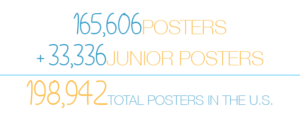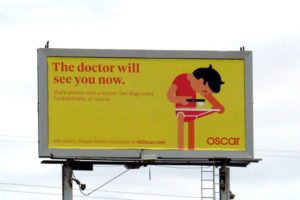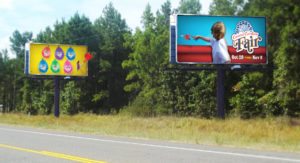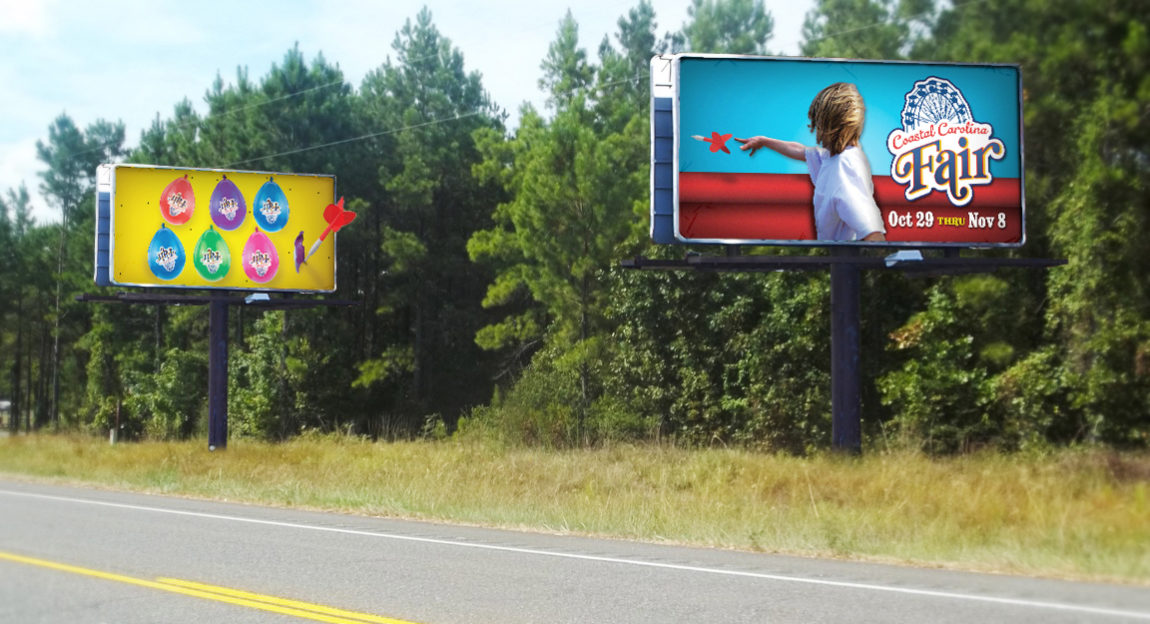
Poster Advertising
The basics on poster advertising
Poster advertising is a long-standing outdoor advertising option. Some important factors to consider when purchasing any type of poster location are; left or right-hand visibility, illumination, impressions, the distance from the roadway, the visibility of the ad from various distances, approach time, additional exposure to pedestrian or alternate traffic, creative abilities, and possible visibility obstructions.
Poster advertising is purchased in 4-week through 52-week periods campaigns in most markets. Your locations can be long term or through a rotary program.
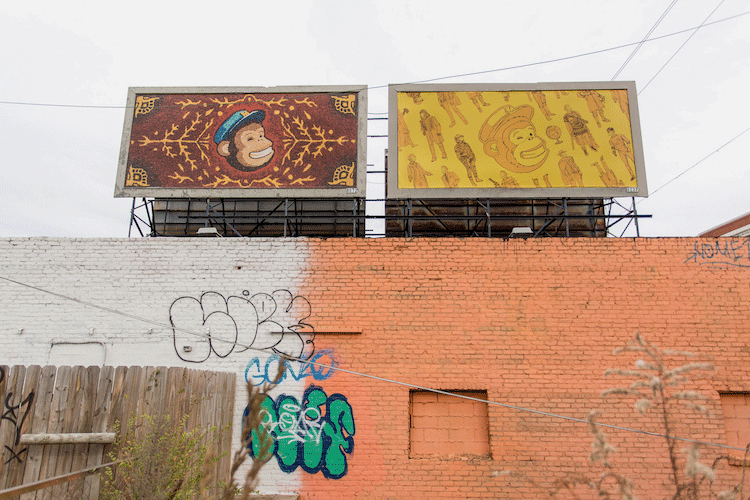
Eco friendly material transformed poster advertising production in 2010.
Poster advertising previously (prior to 2008) referred to standard 30-sheet posters. In an effort to be more economically sound as well as reduce installation time, the outdoor industry introduced eco posters in 2008. As of 2010, most posters have been converted to accept eco flex material. (This also means that paper is no longer an accepted material for most structures.)
Poster advertising units are 10’5″ x 22’8″ in size. Posters are typically located on local commuter arteries and surface streets delivering tremendous impact. Purchased individually or in groups of panels called showings, poster billboards offer flexibility for product introductions, building brand awareness and special promotions. Sold in periods of one month or four weeks, posters offer short-term and annual campaign options.
Premiere Panels
A premiere panel is a poster location that has been constructed to also allow the unit to be wrapped in vinyl (the same material used for bulletins). Poster locations that are purchased long term can save on the cost of production by using the durable vinyl in lieu of eco flex if utilizing the same creative throughout the contract term.
Junior Posters
Junior Posters are most commonly location in urban neighborhoods and are often found where larger billboards (bulletins & traditionally sized posters) are not permitted. Seen by both pedestrian and vehicular traffic, junior posters are often mounted on the side of a building just above eye level.
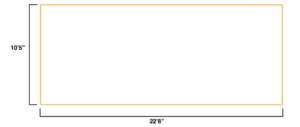
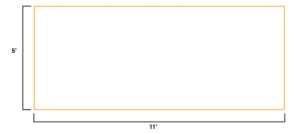
What’s the difference between a poster, bulletin & billboard?
A poster is a smaller billboard than a bulletin. Both bulletins and posters are billboards. Poster advertising is often used to saturate a market on a budget that couldn’t do the same with a bulletin saturation.
Knowing the difference in each outdoor advertising type will help ensure you’re using the correct format for your campaign. Deciding on the type of billboard to use is based on many factors; goals, budget, and market are just the beginning.
Want to learn more about additional billboard advertising options?
Purchasing poster advertising
Poster advertising is a full-market coverage friendly format. Due to the lower cost of posters versus bulletin advertising, buying a large number of units in a market is more budget friendly when it comes to space and production.
Poster advertising is available in most markets with the exception of Hawaii, Alaska, Maine, and Vermont. These states do not permit billboard advertising.
Did you know?
There are approximately 165,606 posters and 33,336 junior posters in the United States but only a portion of those are perfect for your next campaign. Our job is to ensure your message is where you need it when you need it. Let us help you navigate the facts and effectiveness of billboard advertising using posters. We have years of experience at your disposal.

